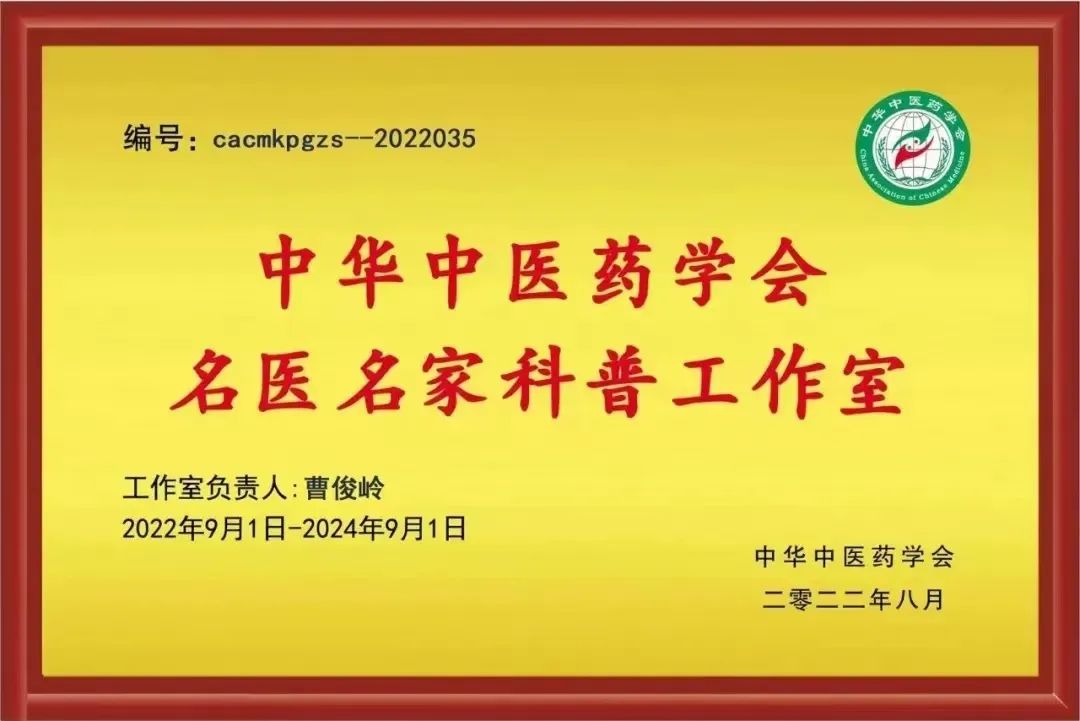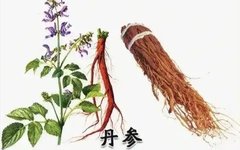Dan Shen (Salvia miltiorrhiza)
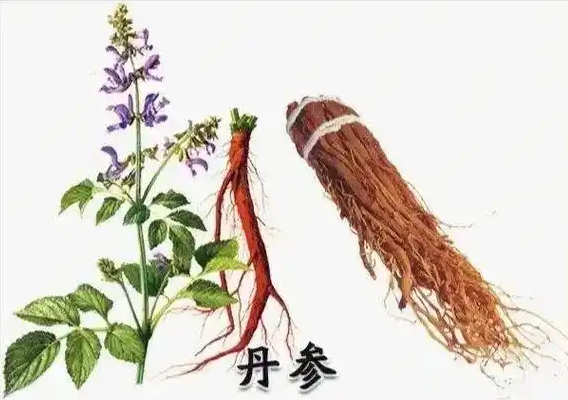
Dan Shen is commonly found in traditional Chinese patent medicines for treating cardiovascular and cerebrovascular diseases, and it plays a significant role in promoting blood circulation. Today, we will learn more about it.
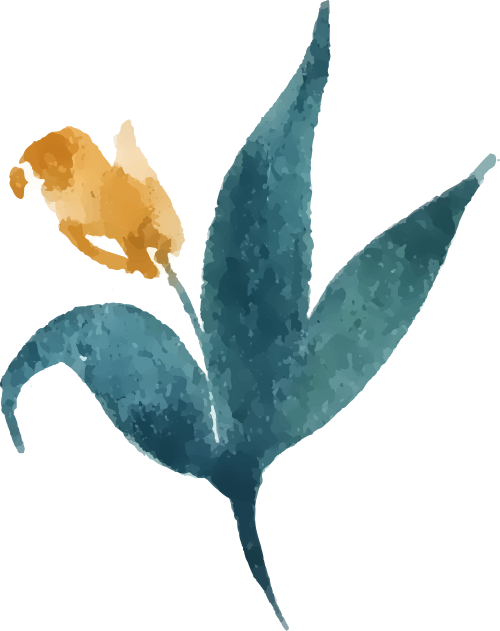
Dan Shen
Dan Shen has a long history of application in China.
It was first recorded in the Shen Nong Ben Cao Jing (Divine Farmer’s Materia Medica) during the Eastern Han Dynasty, stating that Dan Shen “treats evil qi in the heart and abdomen.” The Ben Cao Gang Mu (Compendium of Materia Medica) from the Ming Dynasty describes Dan Shen as having the properties of invigorating blood and unblocking the heart meridian. Ancient physicians believed that “one herb of Dan Shen has the same effect as the Four Substance Decoction” (Si Wu Tang: Dang Gui, Chuan Xiong, Bai Shao, Shu Di Huang), meaning that Dan Shen has the same effects of nourishing blood, replenishing blood, harmonizing blood, and invigorating blood.

1. Source

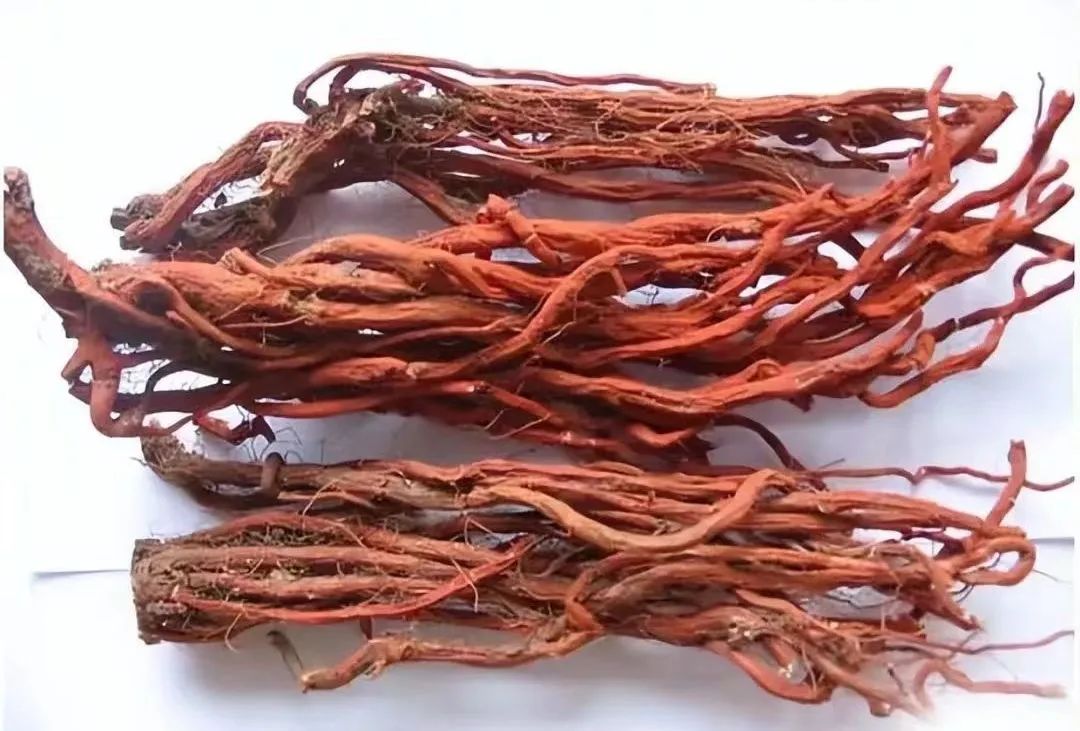
This herb is the dried root and rhizome of the Lamiaceae plant, Salvia miltiorrhiza. It is harvested in spring and autumn, cleaned of soil, and dried. It is primarily produced in Sichuan, Shandong, and Hebei provinces.

2. Properties

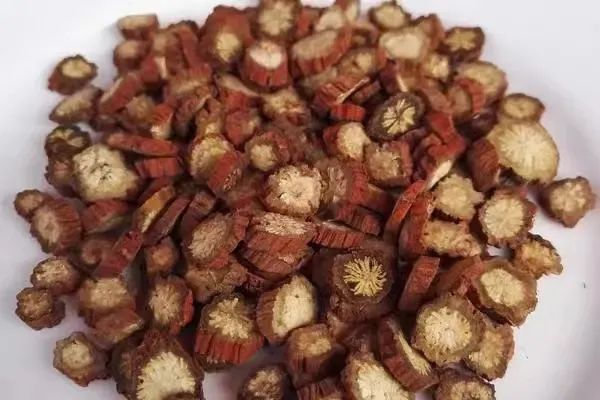
The rhizome of Dan Shen is relatively short and thick, sometimes retaining the base of the stem at the top. The roots are several, long cylindrical, and slightly curved.
The slices are round or oval thick pieces, with a brownish-red or dark brownish-red outer skin, brownish-red cortex, and grayish-yellow or purple-brown wood part, featuring yellowish-white radial striations. It has a faint aroma and a slightly bitter taste.

3. Flavor and Meridian Affinity

It has a bitter taste and is slightly cold in nature. It enters the Heart (Xin) and Liver (Gan) meridians.

4. Functions and Indications

It invigorates blood circulation, dispels blood stasis, alleviates pain, clears the heart, relieves irritability, cools the blood, and reduces abscesses. It is used for chest obstruction and heart pain, abdominal and flank pain, masses and accumulations, heat bi pain, irritability and insomnia, menstrual irregularities, dysmenorrhea, and painful sores.
【Caution】
Dan Shen should not be used in conjunction with Li Lu (Veratrum) herbs.
Modern Pharmacological Effects
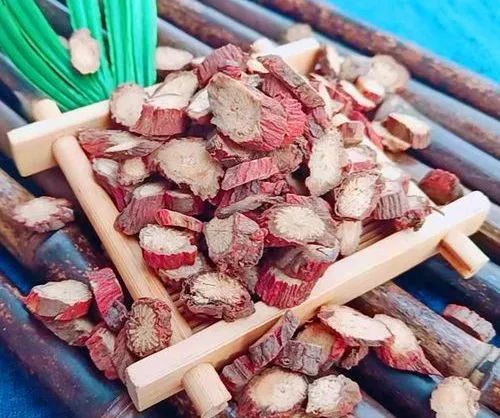
Modern pharmacological studies show that the active components of Dan Shen include water-soluble phenolic acids and lipid-soluble tanshinones, which have anti-inflammatory, antioxidant, anti-thrombotic, anticoagulant, microcirculation-improving, and anti-tumor effects. It is widely used clinically for the treatment of cardiovascular and cerebrovascular diseases, making it a safe and reliable natural medicine for treating heart and vascular diseases.
The active components of Dan Shen can exert anti-heart failure effects by reducing atrial fibrillation and can also act through multiple pathways and mechanisms to exert anti-osteoarthritis effects.
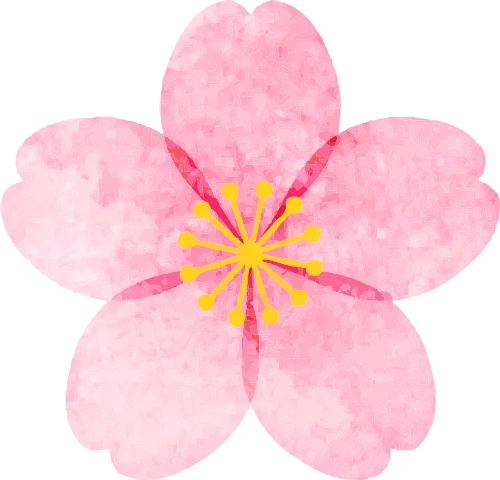
Warm Reminder
The use of Chinese herbal slices requires syndrome differentiation and treatment; please apply under the guidance of a TCM physician and herbalist, and do not self-medicate.
Some images in this article are sourced from the internet; thanks to the original authors. If there are any issues, please contact for removal.
Contributed by: Pharmacy Department, Li Jianpeng
Reviewed by: Wang Jingliang, Leng Yilin
